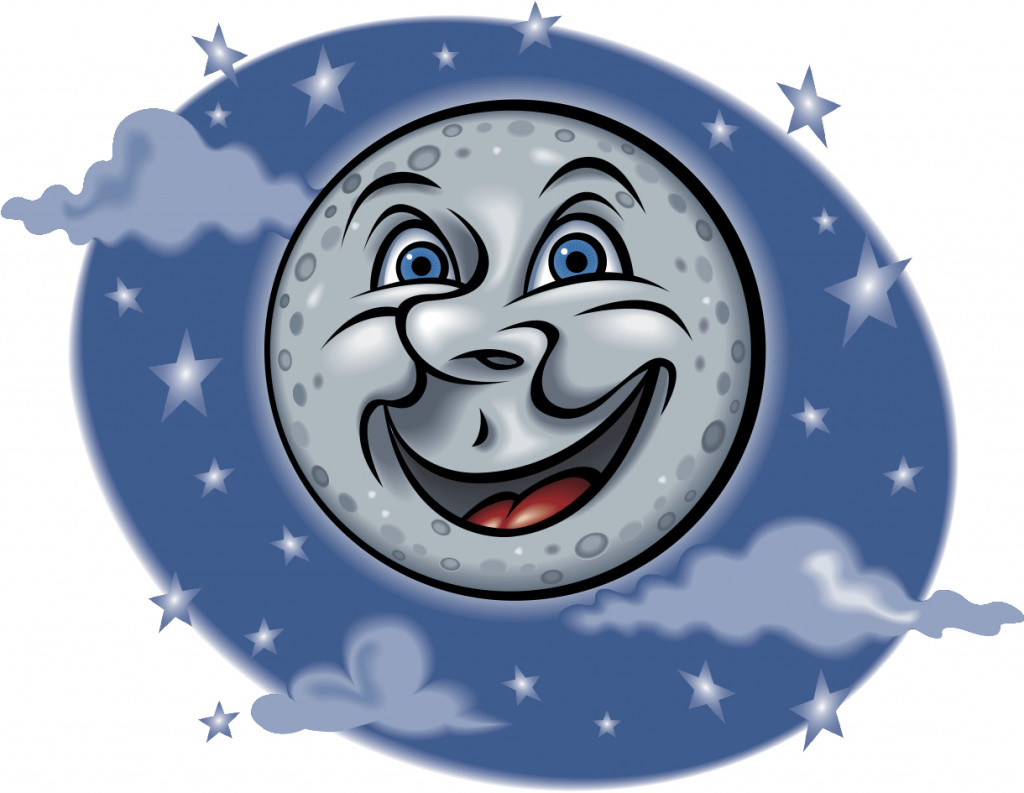Your Night Sky for Oct. 28, 2020

The Blue Moon
The second of two full Moons in a calendar month is called a Blue Moon, even though it doesn’t look blue. This full moon is on Oct. 31 – Halloween. But it will also look full on the Oct. 30. What’s interesting about this full moon is that it’s actually a micro-moon because it’s the most distant and smallest full moon of this year. So when you look at it, see if it looks smaller to you.
The next Blue Moon won’t occur until Aug. 31, 2023, but that one will be a Super Moon which is the closest and largest for the year. In October 2039 there are two full Moons, and the second will fall on Halloween again. So, we’ll see how many of us are still around then to see it again.
The Moon and Mars are close together with the moon slightly to the lower left of Mars. Since Mars is so bright, the full moon won’t interfere with our viewing of it.
Five bright planets are all visible in November. Mars, Jupiter and Saturn become visible as soon as the sky gets dark, even if the stars aren’t visible yet. In the morning Mercury and Venus are visible when the sky is still dark.
Venus has been visible in the ESE about halfway up for quite a while, now its one-third of the way up. It’s the third brightest object in our sky after the Moon and Sun. Mercury is smaller and lower in the sky. Currently it’s visible about an hour before Sunrise. But as the month progresses it will climb a tiny bit higher and become brighter.
By November 10 when it reaches its greatest elongation from the Sun, it will be 3 times brighter and rise a little earlier. So when you see Venus, look slightly to the left and low in the sky to find Mercury.
By then it will be visible 1 ½ hours before the Sun rises.
The Taurid fireball meteor shower has been going on from the end of September and will last until the end of November. Right now, the bright Moon is going to interfere with viewing of them, but a week after the full Moon it will become dimmer. By then you should be able to find them.
They rarely produce more than 5 meteors per hour, but they’re very bright. There are North Taurids and South Taurids, but they’re basically coming from the same area in the SE, and then shoot across the sky. The only problem is that you can only view them from midnight to dawn when the constellation rises. They radiate from Taurus the Bull which is just to the right of Orion the Hunter in the SE.



